Milky Finish After Staining
mleighp
11 years ago
Related Stories
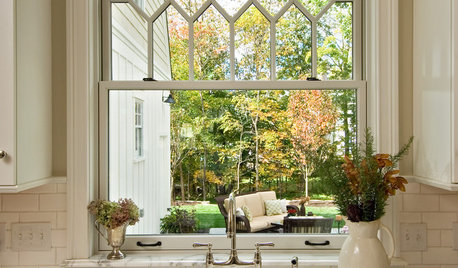
KITCHEN DESIGNGreat Material: Milky Marble
How to add a little or a lot of beautiful white marble to your kitchen, bath and more
Full Story
KITCHEN CABINETSKitchen Cabinet Color: Should You Paint or Stain?
Learn about durability, looks, cost and more for wooden cabinet finishes to make the right choice for your kitchen
Full Story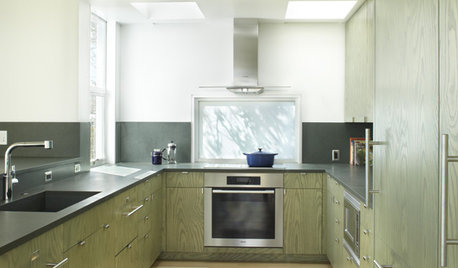
REMODELING GUIDESPro Finishing Secret: Aniline Dye for Wood
Deeper and richer than any stain, aniline dye gives wood stunningly deep color and a long-lasting finish
Full Story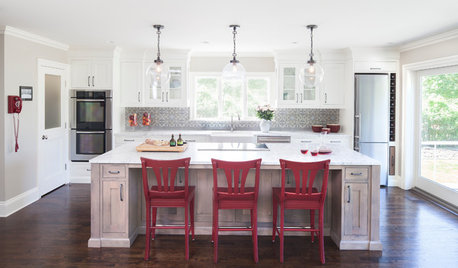
KITCHEN OF THE WEEKKitchen of the Week: The Calm After the Storm
Ravaged by Hurricane Sandy, a suburban New York kitchen is reborn as a light-filled space with a serene, soothing palette
Full Story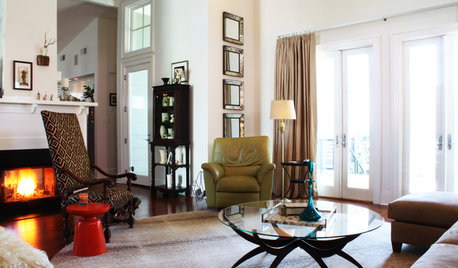
HOUZZ TOURSMy Houzz: From Destruction to Renewal After Hurricane Katrina
After losing almost everything home related, a couple rebounds with a new, contemporary build on the same site
Full Story
MOST POPULARWhat to Do After a Hurricane or Flood
How you treat your home after a natural disaster can make all the difference in its future livability — and your own personal safety
Full Story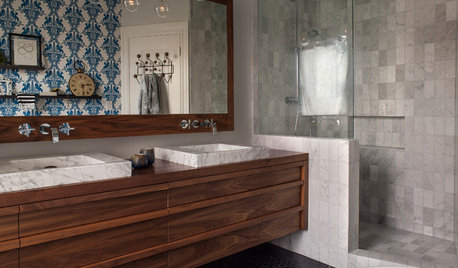
BEFORE AND AFTERSBefore and After: 19 Dramatic Bathroom Makeovers
See what's possible with these examples of bathroom remodels that wow
Full Story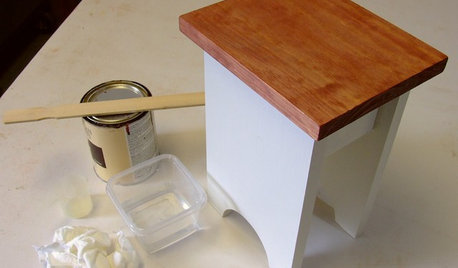
DIY PROJECTSCool Tip: Mimic Stain With a DIY Color Wash
Get the look of an oil-based stain without all the bother, using this easy wash made with paint
Full Story
KITCHEN DESIGN8 Stunning Stain Colors for Kitchen Cabinets
Transform raw wood for custom-looking cabinetry with a stain that fills your need for color but lets the grain show through
Full Story
HOUSEKEEPINGHow to Clean Grout — Stains and All
If your grout is grossing you out, this deep-cleaning method will help it look new again
Full Story





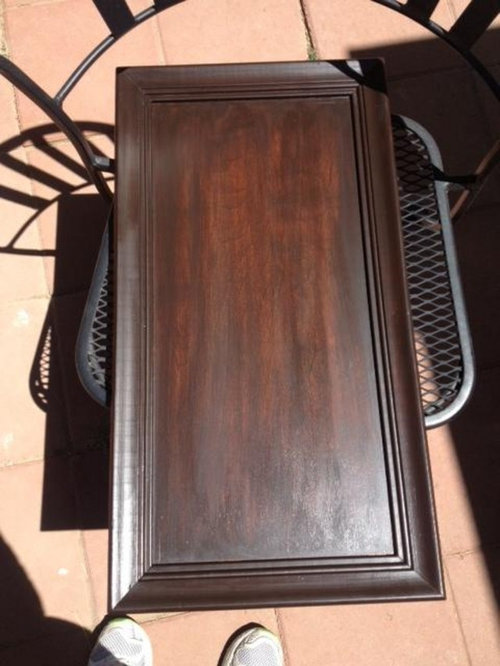




sombreuil_mongrel
lazy_gardens
Related Professionals
Brea Cabinets & Cabinetry · Tinton Falls Cabinets & Cabinetry · Horsham Carpenters · North Hollywood Carpenters · San Marcos Carpenters · Tucson Carpenters · Cutlerville Flooring Contractors · Eldersburg Flooring Contractors · Harrisburg Flooring Contractors · Olympia Flooring Contractors · Ossining Flooring Contractors · Riverside Flooring Contractors · St. Louis Flooring Contractors · West Bend Flooring Contractors · West Linn Flooring Contractorsglennsfc
bobismyuncle
brickeyee
mleighpOriginal Author
brickeyee